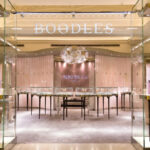When discussing the relationship between jewelry and the body, many people tend to view jewelry as mere decorative items, subordinate to the human form. However, a deeper analysis of traditional and contemporary jewelry design reveals that the human body serves as more than just a physical carrier for adornments. The act of wearing jewelry transcends simple decoration.
The connection between traditional jewelry and the human body is largely influenced by cultural and historical factors. Certain body parts hold specific meanings and are associated with fixed jewelry forms and wearing styles.
For instance, the Kayan people, also known as the “long-neck tribe,” consider elongated necks beautiful. Women in this culture begin wearing brass coils around their necks from a young age, adding one ring each year to extend the length of their necks.

Another example can be seen in period dramas depicting imperial courts, where we often observe fingernail guards. This jewelry piece originated in the Ming Dynasty, primarily functioning to protect long fingernails. Artisans crafted these small objects using precious metals, complex techniques, and rare gemstones, transforming them into functional pieces of jewelry.

Inspired by traditional practices, contemporary jewelry design has evolved to include techniques such as body piercing, which secures jewelry to more discreet parts of the body to emphasize these areas. Modern examples include nose studs and navel rings, which are worn in piercings in the nose and belly button, respectively.
Designers utilize the interactive relationship between the body and jewelry to convey or articulate a design theme. In this process, the body exists as a crucial design element within the project.
Therefore, the creative process requires a comprehensive analysis of various aspects of the human body, including the functionality of body parts, their characteristics, movement patterns, bone structure, muscles, and the five senses. The jewelry’s form and wearing method are then designed according to the chosen theme.
To illustrate this concept, let’s examine a specific case study:

01
“Hidden” by Percy Lau
Percy Lau’s initial inspiration came from the traditional Chinese game of Mahjong. In this game, players attempt to guess their opponents’ thoughts by observing their facial expressions and behaviors. This led the designer to contemplate the relationship between vision and reality, questioning how people determine whether what they see is truth or illusion.
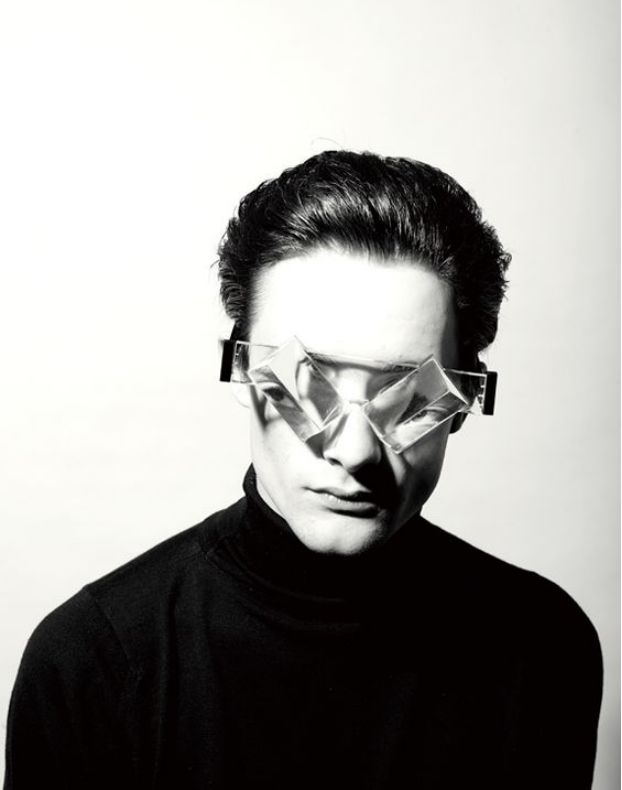
In this project, the designer chose to present the final form as eyewear. These geometrically composed glasses allow the wearer to see a distorted, unreal world, while observers see the wearer’s distorted facial features. This presentation method effectively and directly expresses the design theme while adding an element of intrigue.
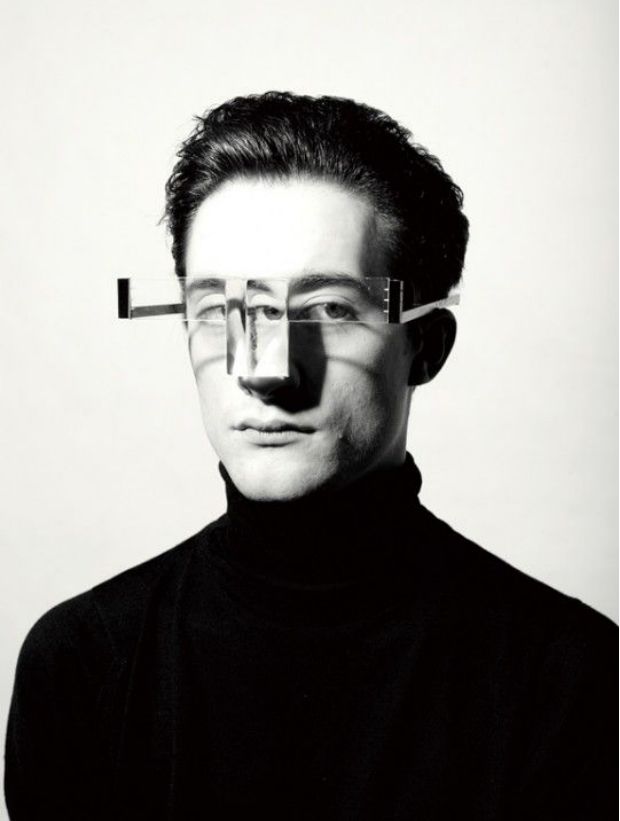
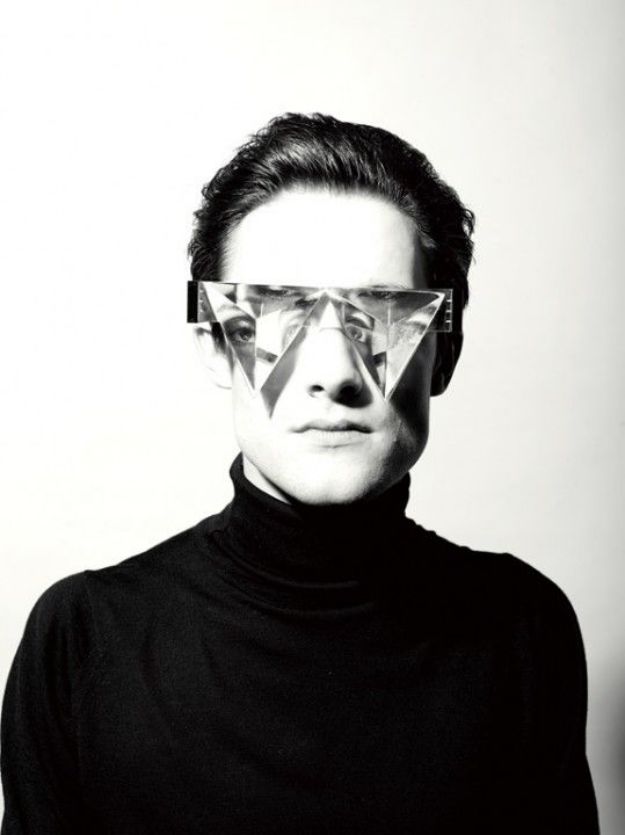
02
By RENEÉ ZETTLE-STERLING
The following two pieces are from the “OBJECTS OF MOURNING” series designed by artist RENEÉ ZETTLE-STERLING. These works go beyond simple adornment, as they are crafted from the clothing of deceased family members. What sets them apart is the way they are worn, which actually harms the wearer’s body.
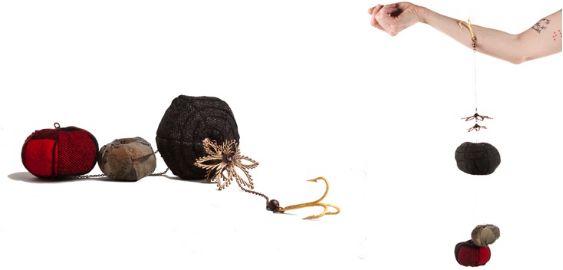
When worn, the wearer experiences intense pain, and even after removing the piece, a mark remains on the body. In this design, the creator uses physical pain to alleviate the emotional anguish caused by the loss of a loved one.
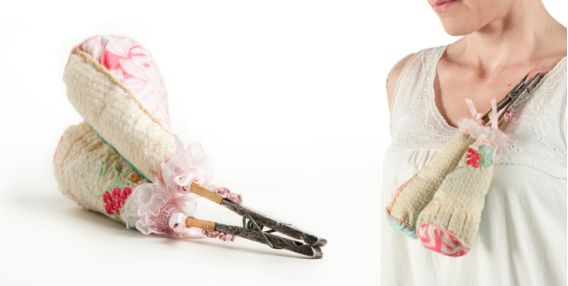
Beyond fixed wearing methods, creative thinking and diverse body-jewelry relationships can transform jewelry from a noun into a “verb.” This concept can be interpreted as the interaction between the human body and jewelry.
In essence, it refers to jewelry that interacts with the body. Such pieces may contain mechanisms that allow specific body movements to activate the jewelry’s motion or change its shape, adding an element of playfulness. Alternatively, they might require the wearer’s inherent movements to fully express the design theme.
03
By RENEÉ ZETTLE-STERLING
The two pieces shown below represent RENEÉ ZETTLE-STERLING’s childhood memories, embodying both reverence and whimsy. Through jewelry pieces that can blow soap bubbles, the artist allows wearers to experience joy.
However, due to the presence of a needle on the piece, oversized bubbles may burst, potentially leading to a sense of disappointment. This series utilizes a bodily function—breathing—and the transformation of a physical object to create tension and transience for the wearer, mirroring the temporary and fragile nature of a beautiful childhood.
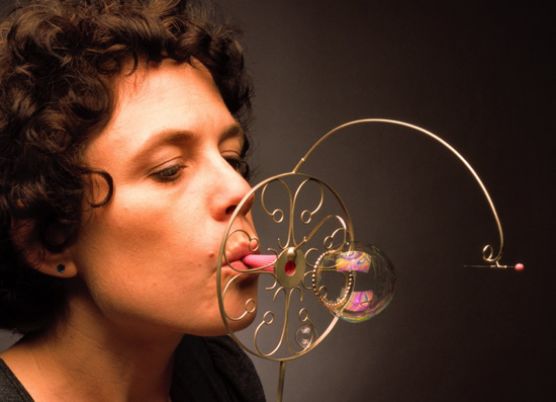
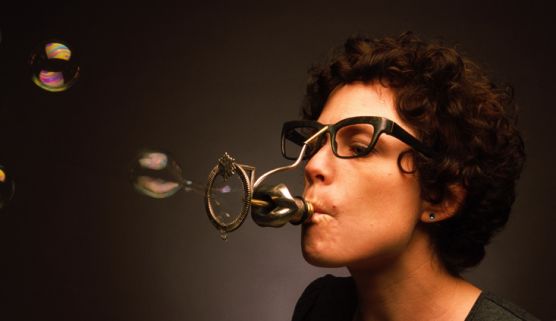
04
By Dukno Yoon
Dukno Yoon’s work mimics bird flight using feathers and minimalist metal structures. This series is activated by the wearer’s hand movements, such as shaking or finger bending, which trigger mechanisms in the piece, causing the wings to flap up and down.
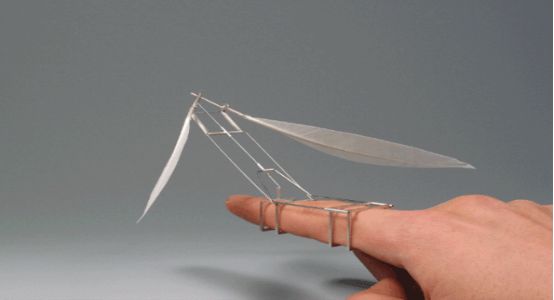
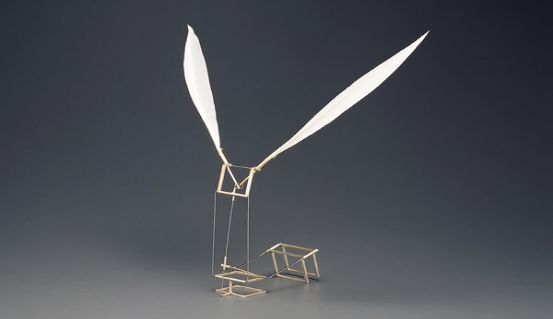
05
By Otto Kunzli
The interaction between the body and jewelry extends beyond the individual wearer to encompass relationships between people. Some pieces are designed to create predetermined interactions between two wearers, expressing certain interpersonal dynamics.
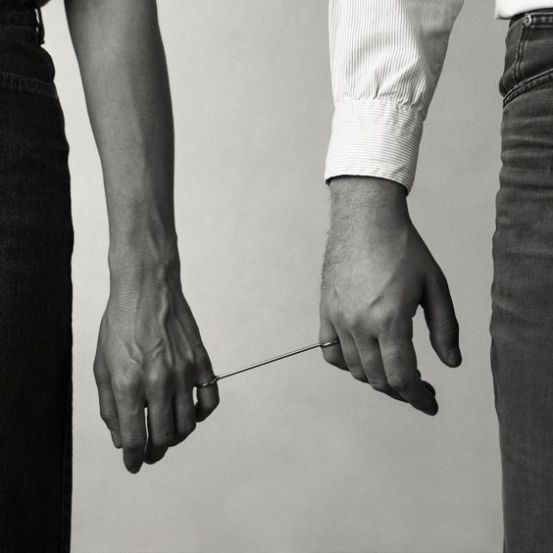
06
By Gerd Rothmann
While the examples above primarily illustrate design concepts through the relationship between body and jewelry, the human body can also serve as a subject of study. Jewelry artist Gerd Rothmann’s work exemplifies this approach. He captures the forms of specific body parts from clients, individuals relevant to the design theme, or his loved ones.
These forms are then meticulously crafted into unique pieces that embody personal characteristics and emotional significance. A prime example is Gerd’s “family necklace,” which incorporates the fingerprints of all family members.
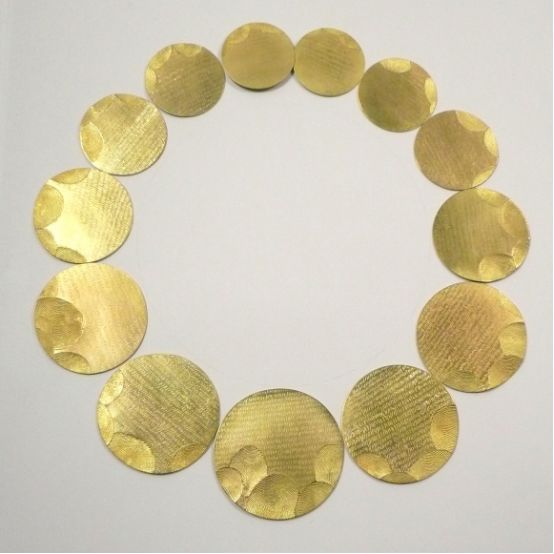
In contemporary jewelry design, exploring new wearing methods and body locations for jewelry is crucial for innovation. In modern jewelry, the human body is less a physical space for display and more a reference point—a carrier for the entire design concept.
The relationship between jewelry and the body is no longer limited to that of decoration and the decorated. The body can serve as the starting point for a jewelry design project and simultaneously function as the ultimate platform for showcasing the design concept.
Jewelry: Not Just an Accessory, But an Extension of the Body
Tweet

